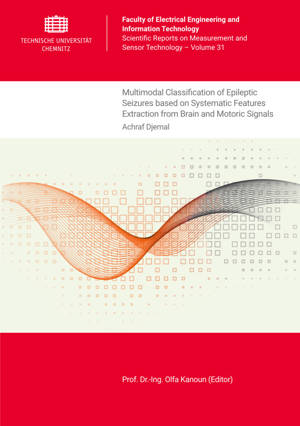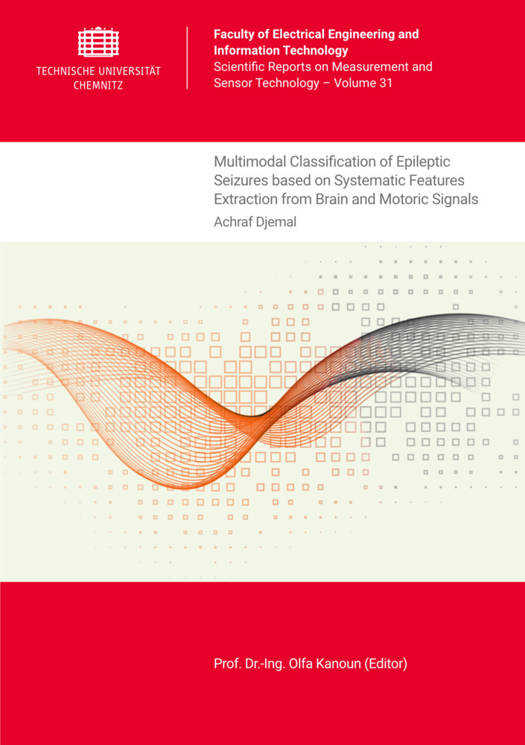
- Afhalen na 1 uur in een winkel met voorraad
- Gratis thuislevering in België vanaf € 30
- Ruim aanbod met 7 miljoen producten
- Afhalen na 1 uur in een winkel met voorraad
- Gratis thuislevering in België vanaf € 30
- Ruim aanbod met 7 miljoen producten
Zoeken
Multimodal Classification of Epileptic Seizures based on Systematic Features Extraction from Brain and Motoric Signals
Achraf Djemal
€ 18,95
+ 37 punten
Omschrijving
Epileptic seizures result from abnormal brain activity and involve both electrical and biomechanical signals. Accurate seizure classification is essential for clinical decision-making, yet conventional diagnostic methods, including self-reports and video monitoring, are limited in detecting seizure types. To overcome these limitations, this study investigates a multimodal approach combining electroencephalography (EEG), surface electromyography (sEMG), and inertial measurement unit (IMU) sensors. A synchronized compact wireless system was developed to capture the modalities, ensuring precise recording and analysis. A systematic signal processing pipeline was applied, including artifact removal, feature extraction, selection, evaluation, and machine learning-based classification. First, each modality was tested individually to assess its potential in seizure classification. The results revealed that a single modality was insufficient, with a maximum accuracy of 94%, highlighting the challenge of seizure similarity. To further explore multimodal classification, validation was conducted in a hospital setting. The results demonstrate that using independent component analysis (ICA) for preprocessing, feature selection techniques based on radar plots, distance metrics, and Big O notation, combined with the XGBoost classifier, led to a classification accuracy of 99%. These findings confirm that EEG, sEMG, and IMU complement each other, significantly enhancing seizure classification.
Specificaties
Betrokkenen
- Auteur(s):
- Uitgeverij:
Inhoud
- Aantal bladzijden:
- 204
- Taal:
- Engels
- Reeks:
- Reeksnummer:
- nr. 31
Eigenschappen
- Productcode (EAN):
- 9783961002382
- Uitvoering:
- Paperback
- Afmetingen:
- 148 mm x 12 mm
- Gewicht:
- 303 g

Alleen bij Standaard Boekhandel
+ 37 punten op je klantenkaart van Standaard Boekhandel
Beoordelingen
We publiceren alleen reviews die voldoen aan de voorwaarden voor reviews. Bekijk onze voorwaarden voor reviews.








